Feature Story Archives - 2020
presentations from a variety of sources on
issues of child abuse and trauma |
|
|
~~~~~~~~~~~~~~~~~~~~~~~~~~~~~~~~~~
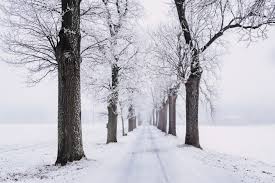
Christmas and Covid |
|
Christmas In The Time of Covid
By Stephanie L. Mann
www.safekidsnow.com
American society has changed! Look at youth behavior today vs. 50 years ago. Homelessness, street violence, domestic violence, drug abuse, suicide and self-destructive behavior has dramatically increased. Today many families are at risk! Government programs, psychologists and counselors try to fix us as we march toward socialism. So… what happened?
When I grew up, no one locked their doors and young people didn’t steal, vandalize or shoot each other. Children were respectful, listened to their elders, respected authority and neighbors knew each other. At that time, people talked about the power of God at home, in school and in the community |
~~~~~~~~~~~~~~~~~~~~~~~~~~~~~~~~~~
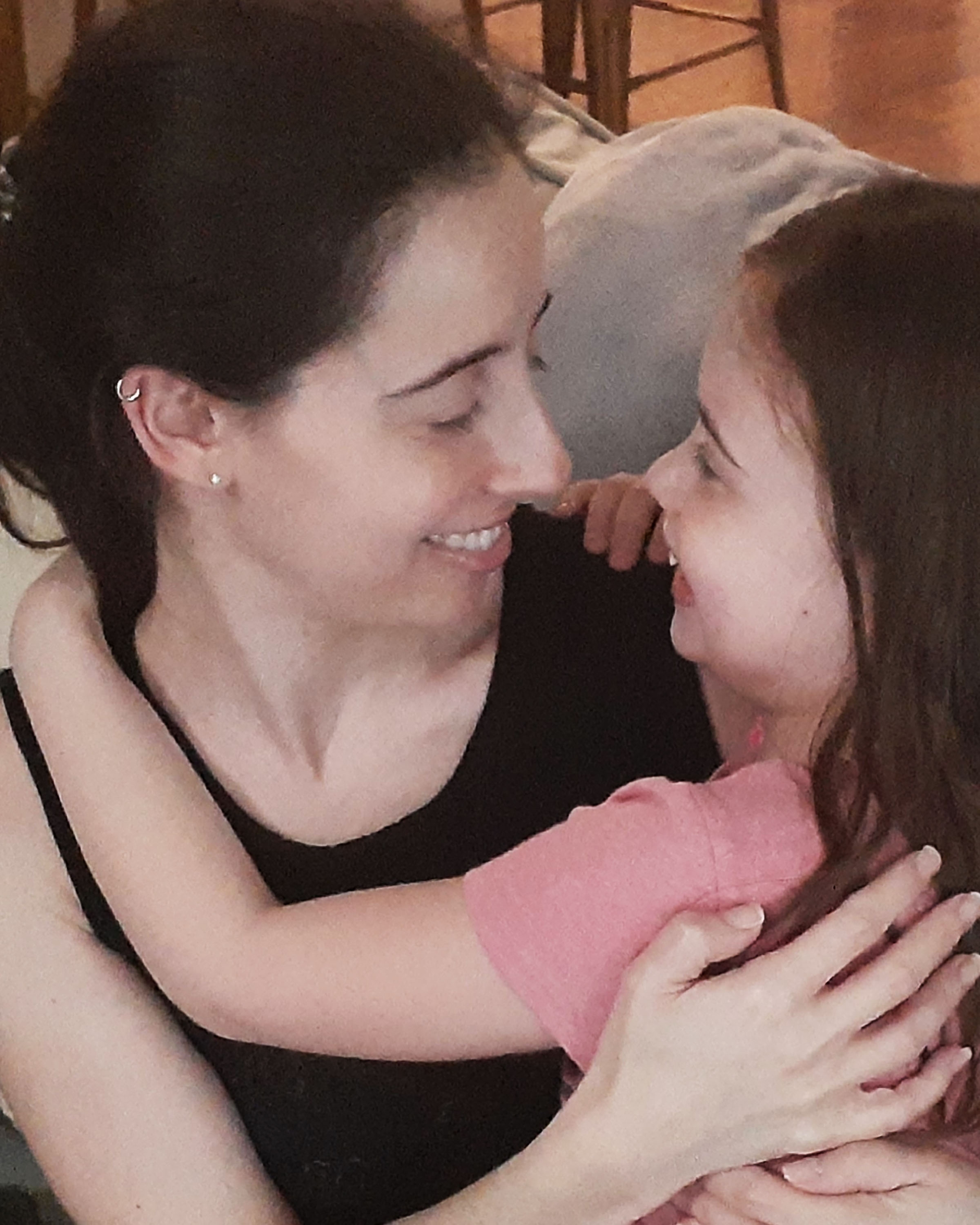 |
|
How to Stop the Cycle of Abuse
By Randi B. Latzman
http://www.survivingmomblog.com
Have you heard the saying that if you want to find out what your wife will be like in 20 years, look at her mother? Whereas that might result in a chuckle for some people, that thought was terrifying for me. As an adult survivor of child abuse at the hands of my mother, the possibility of turning out like her, of abusing my child the way she abused me, stopped me dead in my tracks.
I promised myself at an incredibly young age that the cycle of abuse would stop with me. My mother had been abused by her mother, and in turn my mother abused me. Today I am the mother of a rambunctious, loving, caring, energetic, sweet 7-year-old daughter. She keeps me on my toes every day, and I am proud to say, I kept the promise I made to myself and to my child. |
~~~~~~~~~~~~~~~~~~~~~~~~~~~~~~~~~~
 |
|
Five Ways to Implement Self-Directed Neuroplasticity
by Tammy Kennington
www.tammykennington.com
Awash in color, the image on the presenter’s screen reminded me of a summer lightning storm. Every area of the brain lit up like the sky just before the tempest unleashed its brand of fury. This, she explained, was the brain of someone living with Post Traumatic Stress Disorder (PTSD).
Every area of the brain was firing at the same time, functioning on high-alert yet reducing the capacity of the prefrontal cortex, the area of the brain responsible for executive function, to do its job. An MRI image of another brain with only specific areas lit up clearly demonstrated the differences between a typical, healthy brain and a traumatized brain.
|
~~~~~~~~~~~~~~~~~~~~~~~~~~~~~~~~~~
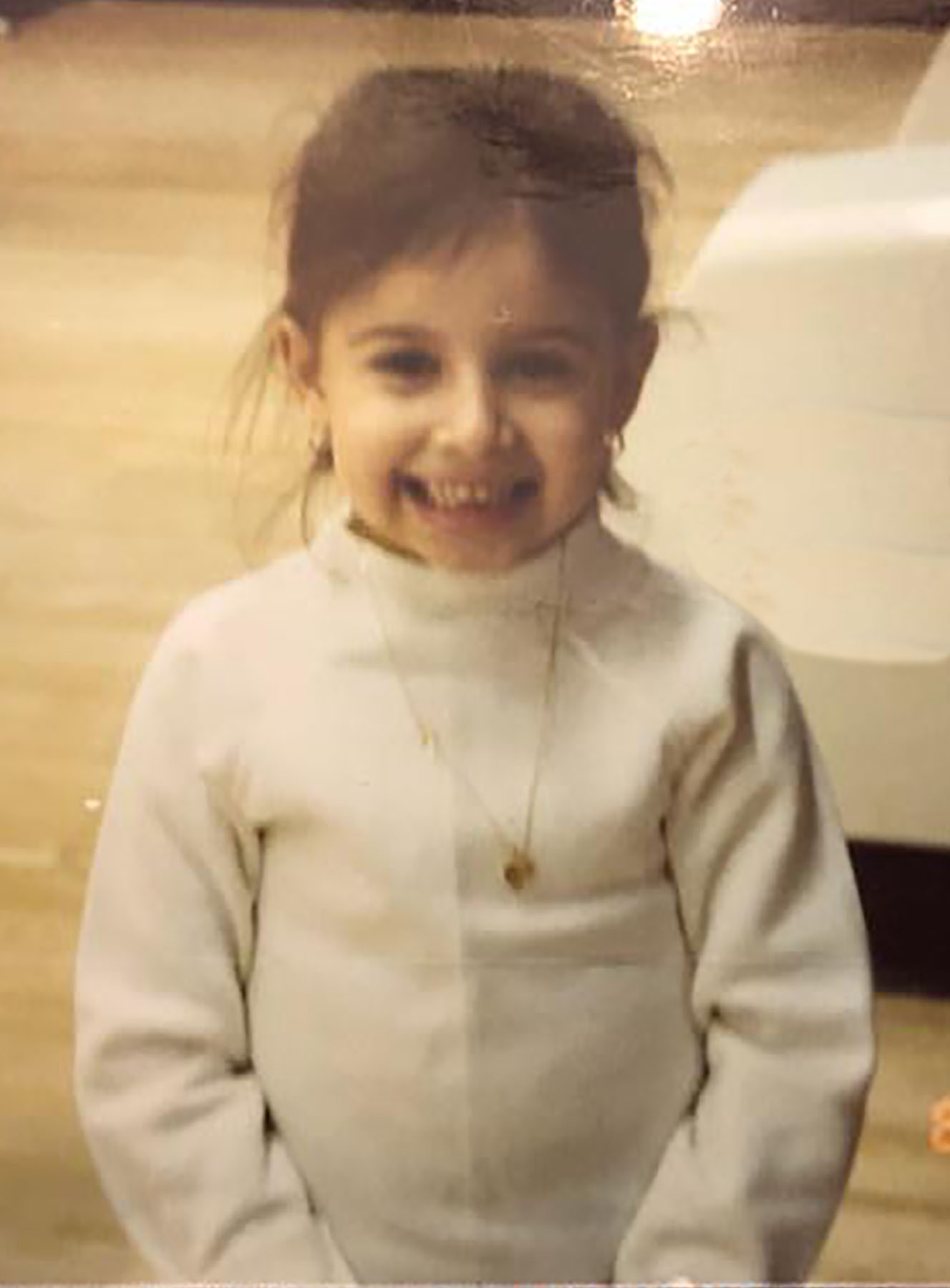 |
|
The Importance of Awareness of the “A” Word
by Randi B. Latzman
www.survivingmomblog.com
Hello, I’m Randi, and my mother did things to me that were cruel. This is the story I told myself growing up. It was the story I told others as well. However, the sad truth is that saying those words will not guarantee that someone will start listening.
Why? I’ve learned the hard way that awareness is everything, and that the lack of awareness of the “A” word (abuse) made it so that my story wasn’t fully understood or heard. Why is there a lack of awareness or desire to learn about emotional abuse?
One main reason is that emotional abuse is harder to define. Abuse, specifically emotional, is still taboo. Since there are no physical scars, was it really abuse?
|
~~~~~~~~~~~~~~~~~~~~~~~~~~~~~~~~~~
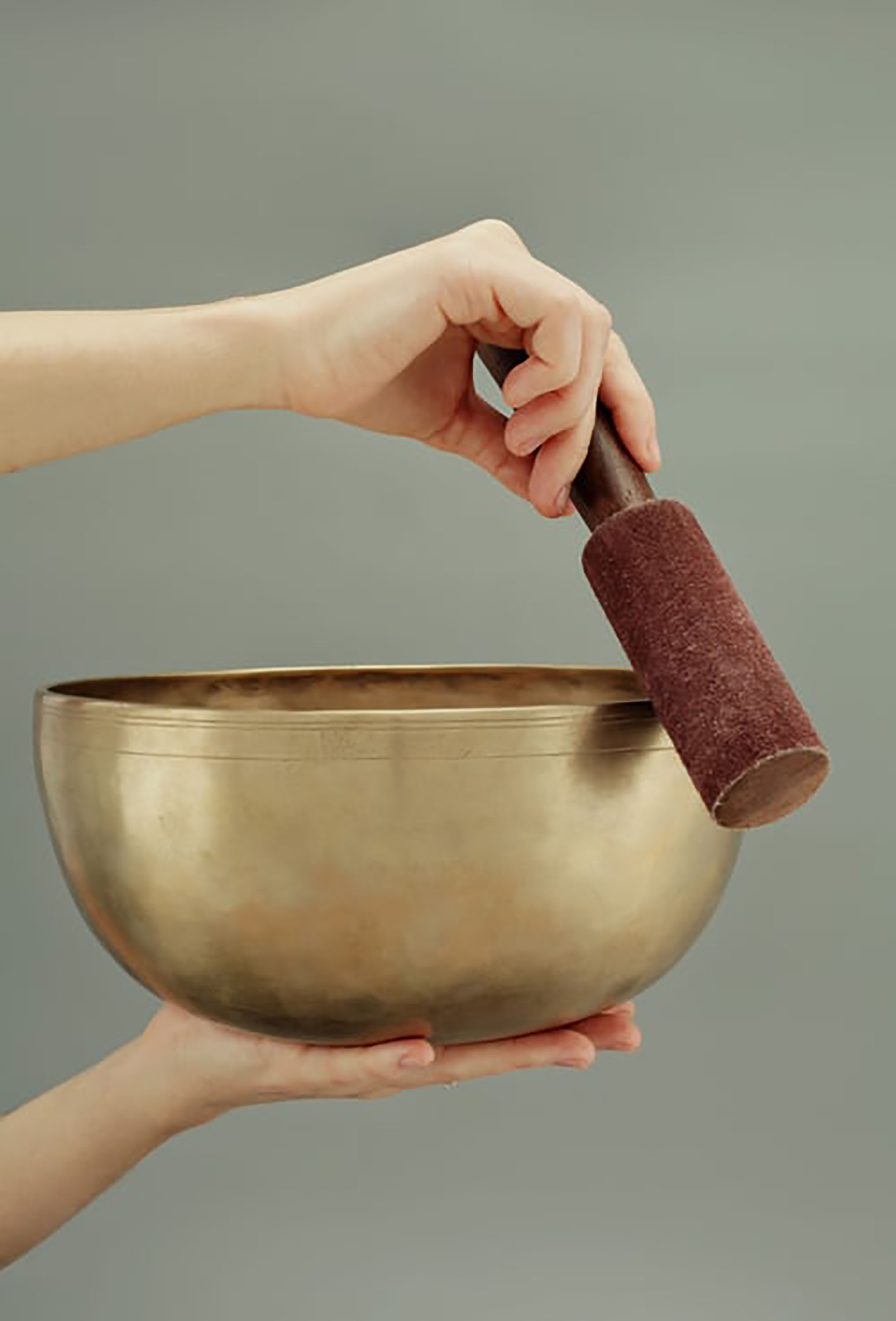 |
|
Harmony
by Teresa Joyce, NAASCA representative in the United Kingdom
To have harmony in life illustrates that you can handle life within different areas: to include your career, health and within a relationship; to be able to work towards your goals, within that harmony which brings with it an orderly life; also pleasing situations are accompanied with a great sense of congruity. Harmony describes things that go together within an agreement for most of the time, for some it is found within meditation, which brings such things as mindfulness through the art of focusing, becoming emotionally and mentally clear.
If people are living within harmony with each other, they are living peacefully without the need for domination or trying to change another to their will. It’s an acceptance of a difference within the whole which brings forth this peace and harmony, with little more than that acceptance.
I sit here relating with you today when the world has little choice other than to communicate within the situation of coronavirus; lives are being lost within this tragic situation. Harmony is deeply required if we are to fight this situation together. Everyone needs to play their part no matter how small, because in not doing so the unthinkable is very much biting at our heels. If there is an occasion when harmony is shown to belong, it’s within the fight to save lives and to aid those around us that may require our help.
Right now, the world needs and is asking all of us to bring our particular strengths to the party within this global pandemic. |
~~~~~~~~~~~~~~~~~~~~~~~~~~~~~~~~~~

Tammy Kennington |
|
Adverse Childhood Experiences and the Classroom Teacher
by Tammy Kennington
Facebook profile
www.tammykennington.com
As a survivor and a long-time educator, I’m burdened for the children who come into my classroom living with the pain of sexual abuse, neglect, and/or domestic violence. Sometimes, they’re easy to recognize.
Did you notice the heavyset little girl with unwashed hair? She avoids eye contact, rarely smiles, and is noticeably withdrawn. In October, she mentioned that her father “spanks really hard” and she was kept home for a urinary tract infection. A third-grade child shouldn’t have a UTI.
Or, you may have caught a glimpse of the first-grade boy who defecates and leaves small, rolled bits of feces around the classroom. His mother “fell down the stairs” last month and was in the hospital for a few days. |
~~~~~~~~~~~~~~~~~~~~~~~~~~~~~~~~~~

Jo Calk |
|
When and How to Fight
by Jo Calk
As adult survivors of child abuse, we are accustomed to fighting – fighting for our lives, fighting our demons, fighting for justice, fighting our flashbacks and nightmares, and fighting to be heard. We also have had a lot of experience with fear – fear of another attack, fear of going to sleep, fear of being alone, fear of no one there to help us, and fear that our lives will never change.
However, fighting and fear are often NOT the best defenses against the COVID-19 virus. Is that counterintuitive? Although having COVID-19 is not a death sentence by any means (97% or more recover), it is still an “enemy” we must fear, fight against, and win – right?
Let’s look at what happens to the body when we fight. |
To fight off a predator or a powerful enemy, we need all our strength available in our arms and legs, to physically fight off and run away. The body efficiently provides all of its energy and focus on the arms and legs, and the heart rate increases, providing more oxygen for extra strength. That’s the good news. However, in order for the body to focus all its energy on fight/flight/freeze, the body has to shut down some systems during that time. |
~~~~~~~~~~~~~~~~~~~~~~~~~~~~~~~~~~
 |
|
Preventing Child Marriages
by World Academy of Medical Sciences (WAMS)
https://wams.online/
info@wams.online
The World Academy of Medical Sciences (WAMS) has launched a program to raise awareness about the negative health consequences of child marriage across the Globe. |
Child marriage is a human rights violation, that occurs when one or both parties are married off before the age of 18, and has serious public health implications.
Child marriage increases the risk for psychological problems, cervical cancer, sexually transmitted infection, maternal mortality, and premature birth and neonatal or infant death. |
~~~~~~~~~~~~~~~~~~~~~~~~~~~~~~~~~~
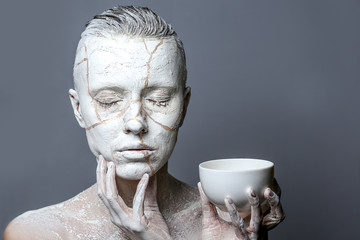 |
|
Broken
by Teresa Joyce, NAASCA representative in the United Kingdom
There are many ways in which to explain the feeling of being “broken”; it's an empty place within a void and however hard we may try, it still feels as if that void can never be filled. In truth, it's a factor of life that we all experience at some point within our lifetime; times in which we feel as if the bottom of our world has just fallen out. When we lose something we feel is irreplaceable or we are denied access to those that we love through control or bitterness of others. Life can be a rocky road and everyone has to walk that road in a forward fashion when there is no turning around, but that knowledge does not make that journey any easier and it’s a bitter pill to swallow. But, for an adult child abuse survivor, they have been endlessly living within that scenario and the bottom of their world, which has been missing far longer than ever being present. They precariously try to find a position of safety, without the complete collapse into that darkened pit below them. That road, which is very familiar to them, has been endlessly trodden upon in the struggle to survive life itself. |
~~~~~~~~~~~~~~~~~~~~~~~~~~~~~~~~~~
Honor and Obey
by Randy Ellison, NAASCA family member
author of: 'Boys Don't Tell: Ending The Silence of Child Abuse'
~~~~
On my honor, I will do my best
To do my duty to God and my country and to obey the Scout Law;
To help other people at all times;
To keep myself physically strong, mentally awake and morally straight.
|
I think those are fantastic goals and worthy of teaching to youth. But what happens when we speak one thing and then do another? For over 100 years Boy Scouts of America has been preaching honor and morality, while attracting thousands of sexual predators. Be honorable, do what I say, but don’t tell anyone what I am doing to you in the tent at night because no one will believe you (or I will kill you).
~~~~~~~~~~~~~~~~~~~~~~~~~~~~~~~~~~
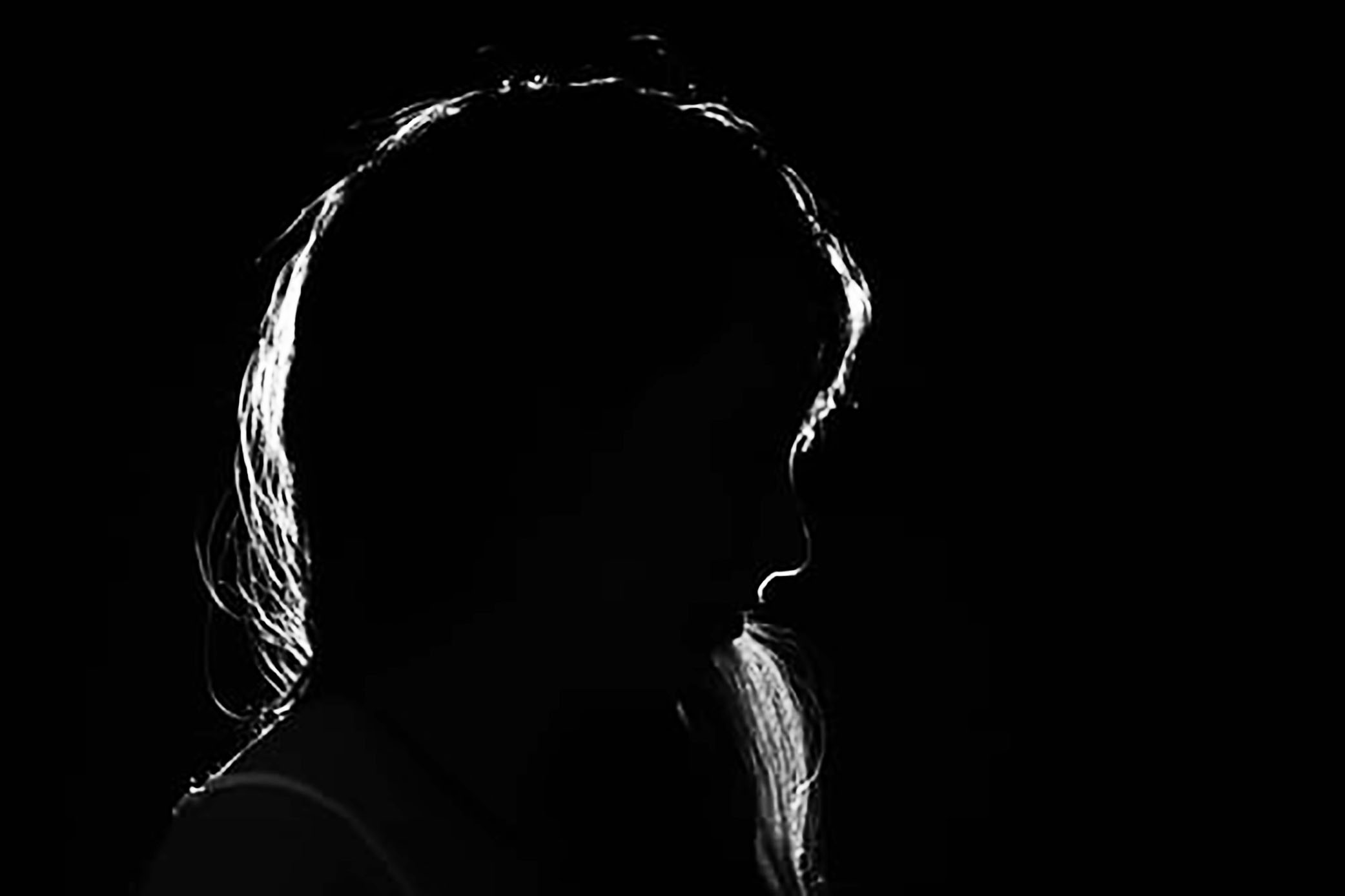 |
|
Shame
by Teresa Joyce, NAASCA representative in the United Kingdom
Shame is such a painful experience. It’s a mix of regret, self-hate, and the feeling of dishonour, accompanied by the powerful gut-wrenching urge to simply disappear. You try to bury your head in the sand and away from those prying eyes, which almost feel as if they are a reflection bearing right into your very soul. Anger is a very common emotion for people reacting to that feeling of shame, which at times has the power to ignite self-blame, which is not helped by the expressions of condemnation or disappointment in another's eye: “shame on you.” The feeling of shame can come from a belief that we are flawed, inadequate, or unimportant, and at some point in our lives, most of us will be absorbed within that false belief. Shame is an unpleasant self-conscious emotion typically associated with a negative evaluation of one's self, which in turn causes withdrawal feelings of distress, exposure, and worthlessness. |
~~~~~~~~~~~~~~~~~~~~~~~~~~~~~~~~~~
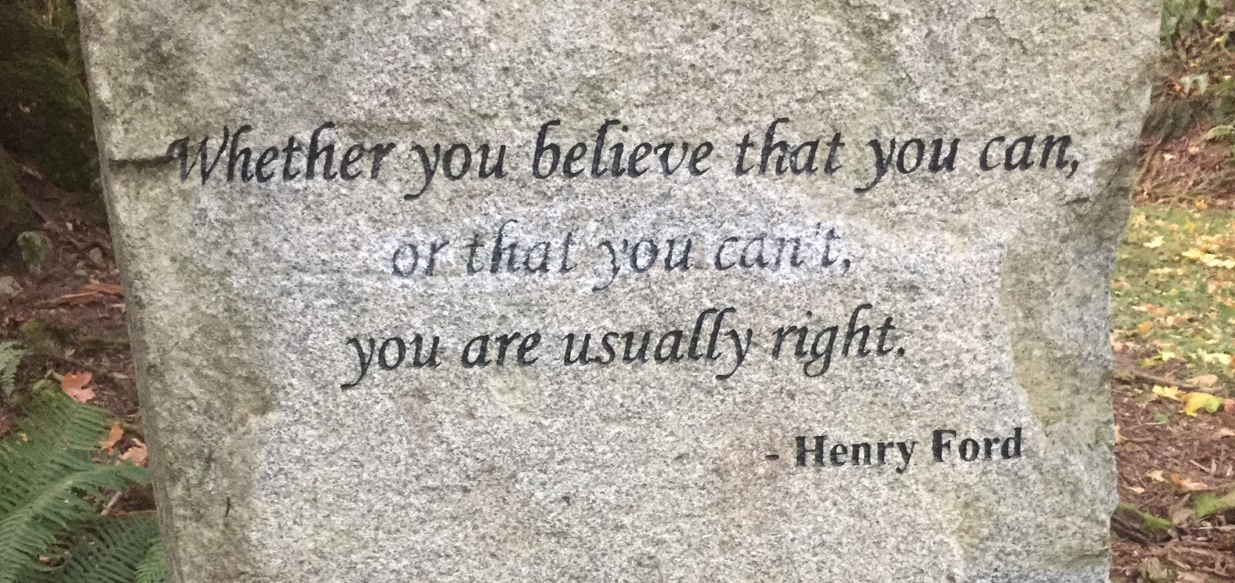 photo by Penelope Benis, Cougar Mountain Red Town Trail photo by Penelope Benis, Cougar Mountain Red Town Trail |
|
Healing from Abuse
How Outdoor Exercise Can Energize and Awaken Our Minds, Lift Our Spirits, Enhance Our Cognitive Performance, and Help Alleviate Depression
by Penelope Benis - Prepared for NAASCA
January 10, 2020
Originally from Menlo Park, California, I now reside in Bellevue, WA. I am a former victim of child sexual abuse. I was born into multi-generational abuse, and survived extreme domestic violence within my family of origin. |
When I was 12 years old, I started to exercise outdoors daily. Every day I would leave the house and take a long walk through the beautiful neighborhoods in Menlo Park and Atherton, California. Upon my return home I would always feel calmer, happier, and more focused on my homework. In the context of healing from trauma and abuse, I wondered if outdoor exercise can energize and awaken our minds, lift our spirits, enhance our cognitive performance, and help alleviate depression.
~~~~~~~~~~~~~~~~~~~~~~~~~~~~~~~~~~
.
|